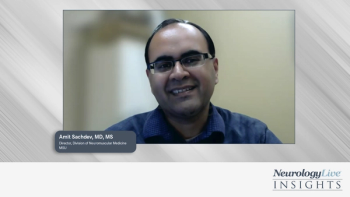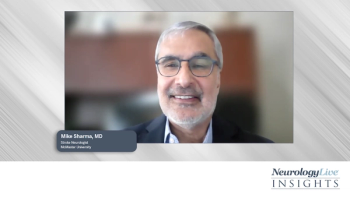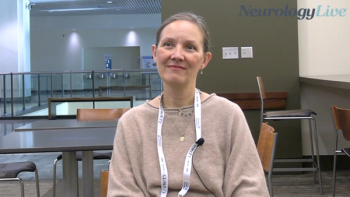
Children, Adolescents With Migraine Show High Risk for Anxiety and Depression Symptoms
A systematic review and meta-analysis suggested that the risk of anxiety and depressive symptoms was nearly doubled for those with migraine compared with healthy controls, indicating a need to screen this patient population.
The findings of a new systematic review and meta-analyses suggest that children and adolescents with migraine are at a significantly higher risk of reporting anxiety and depressive symptoms, as well as their associated disorders, compared with healthy controls, suggesting that it would be appropriate to screen these patients for such disorders in routine clinical practice.1
The investigators, including
All told, the assessment screened 4277 studies, ultimately including 79. Of those, 73 reported on the association between the exposures and migraine, and 51 of these were amenable to quantitative pooling. The meta-analyses conducted on anxiety symptoms’ association with migraine included 16 studies, showed a large association and a standardized mean difference (SMD) of 1.13 (95% CI, 0.64-1.63; P <.0001). Similarly, a moderate association was observed between migraine and depressive symptoms in an analysis of 17 studies, for an SMD of 0.67 (95% CI, 0.46-0.87; P <.0001).
When assessing for the odds of children and adolescents with migraine having anxiety disorders from 15 studies, Orr and colleagues identified a significant difference from healthy controls (odds ratio [OR], 1.93; 95% CI, 1.49-2.50; P <.0001). Again, similar results were reported for depressive disorders when assessing data from 18 studies (OR, 2.01; 95%CI, 1.46-2.78; P <.0001).
READ MORE:
“From the clinical lens, I think the biggest implication is that we need to be screening all of our patients, now that we have this pretty high-level data that's quite compelling,” Orr told NeurologyLive®. “But also, we need to be advocates for our patients. I practice in Canada, and so I can speak to the Canadian context, mostly, but it's very hard for us to find access to mental health services for our patients. Many centers have headache clinics that aren't necessarily affiliated with mental health services, so I hope that this data can be used to really encourage healthcare systems and administrators and decision makers to really find ways to have these patients get access to mental health services.”
When stratifying the results of these meta-analyses, Orr and colleagues did not observe any significant differences in comparisons between clinical and community/population-based samples. Notably, no evidence of publication bias (P values >.05 for Begg’s tests) were identified.
In total, there were 19 studies in the literature search that evaluated the association between internalizing symptoms or disorders and a clinical outcome (17 of the studies) or incident migraine (2 of the studies) among children and adolescents with migraine. Although, these displayed significant heterogeneity, resulting in a lack of appropriateness for meta-analysis, and minimal conclusions could be drawn from the results.
“On the research side, I continue to be really intrigued about this question, why does this comorbidity exist? What can it tell us about, you know, the disease process? Is that a genetic overlap? Is it a chicken or egg?” Orr said. “I think from the adult literature, we believe that these relationships are bidirectional. But what can it tell us about the disease itself? And can we still delve more into that to try to better understand the disease process?”
Orr also noted that the second and third questions of this review—do anxiety and depressive symptoms or disorders predispose to different migraine specific outcomes; and does having anxiety symptoms or depressive disorders at any point in childhood predispose one to the development of migraine—remain unanswered. “That's something that my group is trying to explore now in more kind of purposeful longitudinal studies. I think it's really important to understand that a because if headache outcomes are impacted by the mental health symptoms, then it's again, more onus to really advocate for those services,” she explained.
REFERENCE
1. Orr SL, Fall K, Kuziek J, Mahnaz SR, Noel M, Ronksley PE. Anxiety and Depressive Symptoms and Disorders in Children and Adolescents with Migraine: A Systematic Review and Meta-Analysis. Presented at: AHS Annual Scientific Meeting; June 9-11, 2022; Denver, CO. OR-19
Newsletter
Keep your finger on the pulse of neurology—subscribe to NeurologyLive for expert interviews, new data, and breakthrough treatment updates.


































